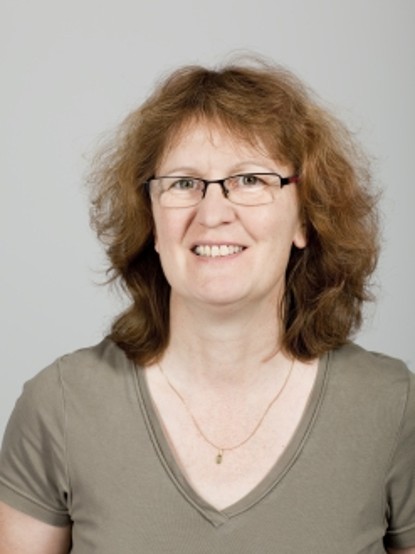Using MRI to Understand the Interplay Between Structure, Composition and Rheology in Complex Fluids
Guest talk by Melanie M. Britton (School of Chemistry, University of Birmingham)
2018/05/18
Nuclear magnetic resonance (NMR) spectroscopy is widely used by chemists to acquire information on the structure, interactions and dynamics of molecules. When the NMR signal is acquired in the presence of magnetic field gradients, the variety of chemical and physical information available by NMR becomes spatially-dependent, resulting in images which map and quantify chemical composition, physical environment and molecular motion.
This wealth of chemical, physical and spatial information, makes magnetic resonance imaging (MRI) increasingly useful for chemists, chemical engineers, condensed matter physicists and material scientists. Such information is particularly useful in systems where there is a coupling between the distribution, organisation and mobility of species, as is found in many complex fluids. This talk will present a variety of information accessible by MRI, regarding chemical and transport processes, demonstrating how it can be quantified and visualised.
Melanie Britton is currently a senior lecturer in physical chemistry in the School of Chemistry, Birmingham University. She has over 15 years experience of developing MRI and pulsed field gradient (PFG) experiments to probe chemistry and molecular motion in complex systems. In 2000, she was awarded an EPSRC Advanced Research Fellowship (GR/A00575/01) to study the visualisation of chemical waves and pattern formation using MRI, working first in the Magnetic Resonance Research Centre at Cambridge University (Chemical Engineering) and then Birmingham University where she established her MRI laboratory.
Subsequent CRC talk:
3D magnetic resonance micro-imaging of liquid/solid and liquid/liquid phase boundaries
Jonas Kind, TP A08
Magnetic resonance imaging (MRI) is a versatile imaging method in medical and engineering applications. Depending on the pulse sequence used for acquisition, MRI delivers 2D or 3D images of any non-magnetic object containing NMR (nuclear magnetic resonance) active nuclei. Those images can be recorded with its contrast being due to either differences in spin density, relaxation times, chemical shift (CS) or diffusion rates. Additionally to images rich in contrast of three-dimensional objects, these different experiments can yield additional spatial resolved information like molecular concentration (via signal intensity in CS experiments) or molecular motion (via analysis of relaxation times or diffusion rates).
In order to examine wetting processes at liquid/solid phase boundaries and mixing processes at the liquid/liquid phase boundary with MRI, standard MRI sequences are benchmarked in terms of spatial and temporal resolution, signal-to-noise-ratios and contrast. As investigation of wetting processes at the liquid/solid phase boundary is a non-typical application of MRI no standard procedure exists. Hence it has to be tested which kind of MRI experiment will yield the best results, concerning spatial resolution and contrast as well as obtained spatial resolved concentration or molecular motion maps, for the generic configurations of the CRC 1194. First results in this direction are shown.
Date and time:
18.05. 2018, 11:00-12:30
Venue:
L2|06, Room 100
Alarich-Weiss-Str. 10
64287 Darmstadt

